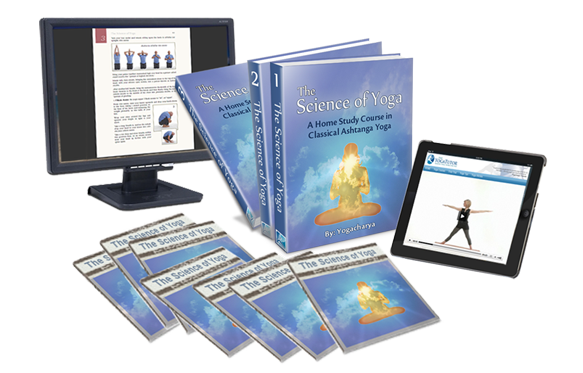[ Excerpt from The Science of Yoga, page 318 ]
Lord Shiva said:
"He who knows the VEDAS, AGAMAS, and PURANAS but does not know the supreme reality, for such an imitator everything is meaningless crow’s cawing...
Afflicted by concerns over syntax, arguments, prosody, and composition, and adorned with ornaments of poetry, these fools have their senses confused.
...The true state described in the texts is one thing and the explanations they give are another.
People talk about the trans-mental state but do not experience it for themselves...
Verbal knowledge is not sufficient for removing the delusion of the world, just as darkness cannot be dispelled by mere talk of a lamp.
The study of someone lacking in wisdom is like the mirror image of a blind person. O Goddess, only for those endowed with wisdom are the scriptures a source of true knowledge."
~ KULA ARNAVA TANTRA
Ever since the advent of the written word, the pursuit of the higher life has always included, to some degree or another, a form of scriptural study. For instance, even though the bhakti tradition of yoga involves very little in terms of academic inquiry, within it the poems and hymns of the great saints maintain an integral role. The vedantic school of the shat dharshana of ancient India on the other hand, is a highly intellectual pursuit which involves scrupulous study of an array of vedantic literature.
Today, as the world speeds forth into the technological era at an ever-increasing pace, the vestiges of ancient traditions, the volumes of profound wisdom in the form of the classical literate, can seem to many folks to be archaic and out of date.
Yet simultaneously we find ourselves at a time of unprecedented opportunity in the field of historical literature. Much of the writing of the ancient spiritual traditions of the world has, until recently, been unavailable to those who are unable to read the ancient scripts, and who are also not sufficiently schooled to understand the profound symbolism with which they have been painted.
Today, and in the last two centuries in particular, a significant volume of these works have been translated and commented upon by a great number of masters and insightful teachers, giving the average spiritual aspirant, who may be limited in language, experience and understanding, an opportunity to gain exposure to the vast spectrum of this profound body of knowledge.
However, one must be aware that the value of all that has been written in modern times in the name of classical texts may often be questioned. Many of the historical texts of yoga and Indian spirituality were originally written in ancient poetic form or in sutras (condensed threads of philosophical thought), and quite often in highly symbolic or cryptic form.
Contemporary writers, depending on their own knowledge and experience, can and have interpreted much of these texts in varying ways, and hence the commentaries upon the subject matter of these scriptures can vary greatly from one author to the next. Students are indeed encouraged to explore multiple translations of various texts, but reminded to bear in mind the experience and background of the authors who have written them...
[Continued...]
---------------------
NOTE: This yoga article is an excerpt from The Science of Yoga, an online yoga training program with streaming yoga videos and 600 pages of step-by-step yoga instruction.

"The Science of Yoga is a course worthy of
leather binding and an honored place in the
finest libraries in the world
... It is indeed a masterful work."
Dr. John Michael Christian
AwakeningWithYoga.com
Learn More About
The Science of Yoga Course
|






